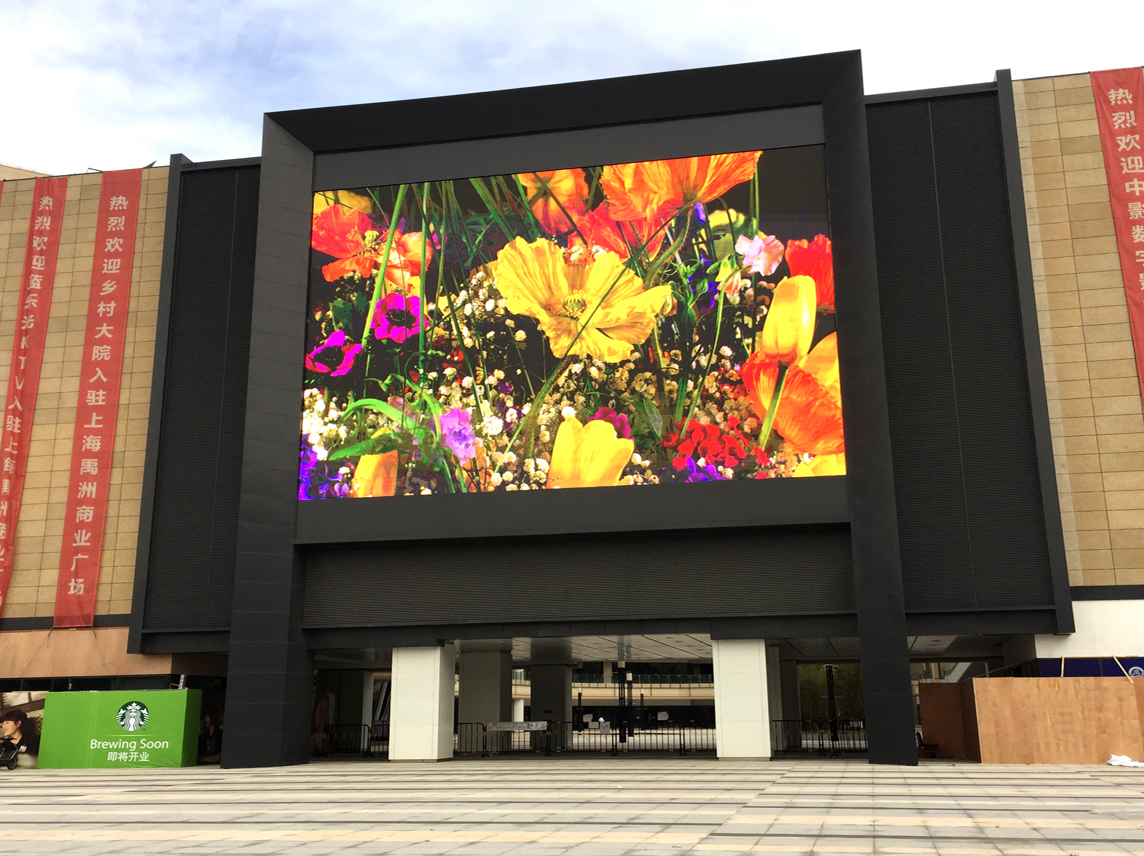LED semiconductor lighting network This article through detailed analysis, clarified that lamps with the same beam angle, optical performance may not be exactly the same, or even a big difference. Clarified people's fuzzy understanding of the beam angle of the lamp, which is more reasonable and scientific in the lighting design.
1 Introduction
The beam angle is one of the most important technical parameters of the luminaire. It refers to the angle between the two directions of the light intensity equal to 50% of the maximum light intensity on one plane of the beam center line. (The definition of the beam angle is adopted by the International Commission on Illumination CIE. Instead of the North American Lighting Engineering Association IESNA's "10% Maximum Light Intensity" definition). According to the size of its value, it is usually divided into three types: narrow beam, medium beam and wide beam.
They can be visually distinguished by a light distribution curve. However, there is a potential problem here: Is the optical performance of the luminaire with the same beam angle the same? The purpose of this paper is to solve this problem through detailed analysis, which will help lighting designers to design lighting more rationally and scientifically.
2, the mathematical expression of the light distribution curve
In [3], the intensity of the axisymmetric light distribution luminaire in a certain direction is expressed as the following formula:
I(θ)=I0(cosθ)m (1)
For the convenience of discussion, and without loss of generality, this paper takes the 30° beam angle as an example. In order to simplify the problem, only the symmetrical lamps with axial symmetry are discussed here.
It can be seen from the literature [3] that for the beam angle 2β=30°, β=15°, the index m:
m=lg0.5/lgcosβ=lg0.5/lgcos15°≈19.9937
Set the lamp efficiency η=72%, then the center light intensity:
I0=(m+1)Φ0η/2π=(19.9937+1)*1000*72%/2π≈2405.7cd
Therefore, the light intensity expression:
I(θ)=2405.7(cosθ)19.9937 (2)
The corresponding Cartesian coordinates and polar coordinate distribution curves are shown in Figure 1:
Figure 1 30 ° beam angle lamp light distribution curve
In some cases, the formula (1) can well fit the light intensity Iθ at the direction angle θ.
However, this formula does not cover all possible light distribution shapes.
Here, we discuss the following four typical light distribution curve shapes. For comparison, their beam angles are unified to 30°, and the power of all four lamps is 10W, and the lamp efficiency is 72%, that is, when the initial luminous flux is 1000LM, the luminous flux output is 720LM.
With the "Microsoft Mathematics" software, we fit each of the light distribution curves into a mathematical expression in order to give a precise conclusion.
For each light intensity expression of each luminaire, check whether the beam angle is 30°, and accurately calculate the luminous flux output by the following formula (3). The derivation process of formula (3) and the symbolic meaning are shown in [3].
Φ=2π0°90°Iθsinθdθ (3)
(a), single peak
The mathematical expression of light intensity is shown in formula (2), and the light distribution curve is shown in Fig. 1.
I0=2405.7cd
I15°=2405.7cos19.993715°=1202.85cd=I0/2
(b), double peak
Light intensity mathematical expression:
I(θ)=21725.4(cos(3(θ+180°))+1.13)(cosθ)53.145 (4)
Figure 2 Bimodal light distribution curve of 30 degree beam angle
I0=21725.4*0.13=2824.3cd
Imax=I5°=21725.4(cos(3(5°+180°))+1.13)(cos5°)53.145=2911.0cd
I15°=21725.4(cos(3(15°+180°))+1.13)(cos15°)53.145=1455.5cd=Imax/2
(c), pointed shape
Light intensity mathematical expression:
I(θ)=342.65(cos19θ+6)(cosθ)16.7655 (5)
Figure 3 The tip-shaped light distribution curve of the 30-degree beam angle
I0=342.65*7=2398.6cd
I15°=342.65(cos19*15°+6)(cos15°)16.7655=1199.3cd=I0/2
(d), flat top shape
Light intensity mathematical expression:
I(θ)=15062.2(cos(3(θ+180°))+1.19)(cosθ)46.899 (6)
Figure 4 Flat top light distribution curve of 30 degree beam angle
I0=15062.2*0.19=2861.8cd
I15°=15062.2(cos(3(15°+180°))+1.19)(cos15°)46.899=1430.9cd=I0/2
Combining the four light distribution curves onto a single image, it can be clearly seen that although the shapes are different, their beam angles are all 30°. Here, in order to ensure that their initial luminous flux and luminous flux output are the same, the maximum light intensity of the four curves is not the same, but they are uniformly drawn at the same height for comparison.
Figure 5 Comparison of light distribution shapes
3, spot contrast
This article uses the current popular DIALuxevo5 lighting calculation software to explore four different light distribution curves with the same power (10W), the same initial luminous flux (1000LM), the same luminaire efficiency (72%), the same beam angle (30°). The resulting spot contrast. 1 meter distance vertical illumination of a certain plane, the formation of the spot and illuminance value contrast, from left to right, as shown in Figure 6, Figure:
Figure 6 Vertical illumination spot contrast chart
Figure 7 Vertical illumination illumination comparison chart
The comparison of the spot and illuminance values ​​of the four lamps from the wall washing effect of 0.1 m from left to right, as shown in Figures 8 and 9:
Figure 8 Comparison of wall washing spots
Figure 9 Comparison of wall illuminance
4 Conclusion
In this paper, by discussing the possibility of multiple light distribution curves with equal beam angles, the following conclusions can be drawn: the optical performance of the lamps with the same beam angle may not be exactly the same, or even a big difference. Therefore, the optical technical parameters of the luminaire are only enough to talk about the beam angle, and should be spoken with the light distribution curve.
Outdoor Fixed Advertising LED Video Wall
This series is professionally used for Waterproof Outdoor fixed installation of advertising LED Screen, a variety of installation solutions such as wall installation, shelf installation, photo frame installation and so on. Outdoor Fixed Advertising LED Video Wall Displays advertising video content well outdoors. It is suitable for Shopping mall, outside building, School, Shops, Side road...Strong waterproof Iron cabinet design, seamless connection to realize large-screen display advertisement, high-definition smooth video playback function.

Outdoor Fixed Advertising Video Wall,Outdoor Fixed Led Billboards Waterproof,Outdoor Display Advertising,Outdoor Movie Screen Rental
Guangzhou Cheng Wen Photoelectric Technology Co., Ltd. , https://www.leddisplaycw.com